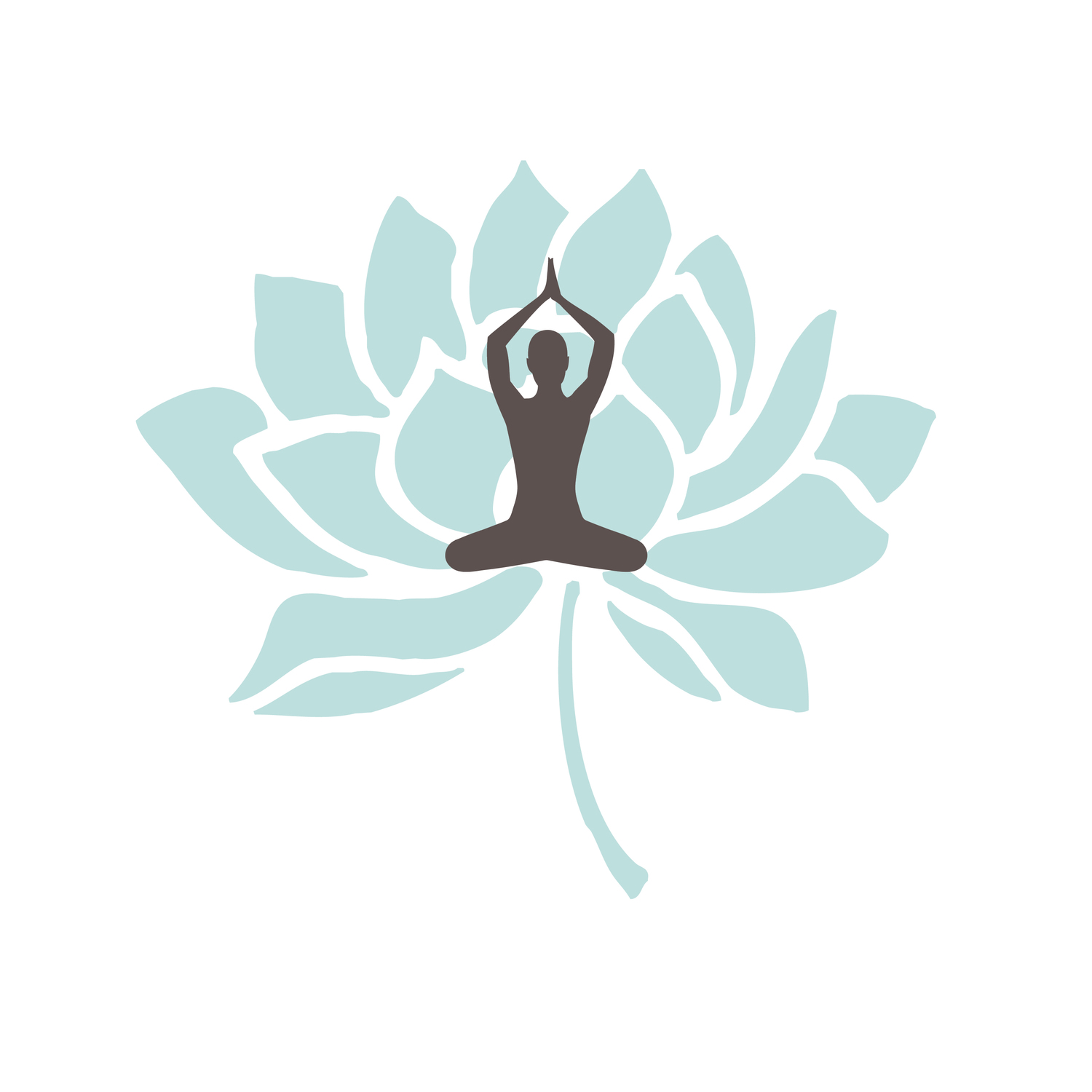Yvon Chouinard, founder and former CEO of Patagonia. (Brandon Aroyan.)
Patagonia founder and former CEO Yvon Chouinard, who describes himself as “kind of a Zen Buddhist,” is an accidental and reluctant businessman.
Chouinard bought a coal-fired forage from a junkyard in 1957, along with some blacksmithing tools. As an avid mountain climber, he was unhappy with the European-made pitons (spikes used to secure climbing rope) that were manufactured from soft iron. He wanted durable pitons he could use again and again. He made his own, shared with a few friends, and soon friends of friends were clamoring for the new pitons. He started selling them for $1.50 each.
From that humble beginning, Patagonia has become a company that generates nearly $500 million in sales and has expanded to include gear for many of Chouinard's other passions — fly-fishing, kayaking, skiing, and surfing.
After viewing a 2007 interview with Tom Brokaw, I bought and read his book Let My People Go Surfing, where I discovered the company truly is cut from a different corporate cloth. His organizing principles don't come from a by-the-book MBA. It struck me that they could have been taking from Patanjali's Yoga Sutras.
In the foreword to Yoga Wisdom at Work, lululemon athletica CEO Christine Day makes the point that "yoga is more a philosophy... than just another type of exercise. You do not have to be on a yoga mat to practice yoga." In fact, taking yoga off the mat and into the world offers far more opportunities to practice — something Chouinard does whether he is aware or not.
Chouinard's business philosophies contain many of the yogic precepts we write about in our book. For example:
Lead an examined life — educate yourself first, then act
- This level of examination can be a "pain in the ass," says Chouinard, because you can never rest. In yoga, the practice of self-study (svadhyaya) is about consciously cultivating self-awareness. The practice asks for a continuous assessment of your beliefs, assumptions, habits and ways of engaging others.
- Such assessment is aided by the practice of non-lying (satya), which calls for painstaking honesty with yourself and others.
- Acting on this newly created self awareness requires discipline (tapas) to hang with the discomfort that accompanies growth and change.
Make a great product and do no harm
- Ahimsa is the yogic practice of non-violence. One of the ways Patagonia tries to honor this precept is to ensure their products are not harming the environment. For example, the company invested four years to find a replacement for petroleum-based neoprene wetsuits, In 2012, Patagonia announced a partnership with Yulex to make wetsuits from a plant found in Arizona, which will smell better, keep the body warmer and dry faster without using petroleum. "Patagonia doesn't plan on making money on this initially, says Patagonia Surf Director Jason McCaffrey. But the company is committed to making business changes to "inspire change to the environmental crisis."
- McCaffrey's statement illustrates the yogic precept of aparigraha, or non-greed. The company's values statement, authored by Chouinard, includes a statement that states the intention to make a profit — but that is not Patagonia's primary mission. "Growth and expansion are not values basic to this corporation."
Let go of attachment
- Ishvara-pranidhana is a practice of surrendering yourself to a greater good. It also asks that you give you best efforts toward a goal without being attached to the outcome. In his book, Chouinard uses the Zen archer's lesson to illustrate surrender. The archer does not focus on the target, but instead stays present to the process of shooting the arrow — stance, placement of the arrow on the bow, breathing, etc.
- Fostering contentment, no matter what the outcomes are, is a practice of santosha. Choice is a powerful component of contentment. No matter how disappointing or frustrating circumstances can be, people have a choice about whether to let those circumstances derail equanimity or to practice santosha and choose for contentment.
"How you climb the mountain is more important than reaching the top," Chouinard says. In my estimation, his philosophies make this accidental businessman and accidental yogi as well.



